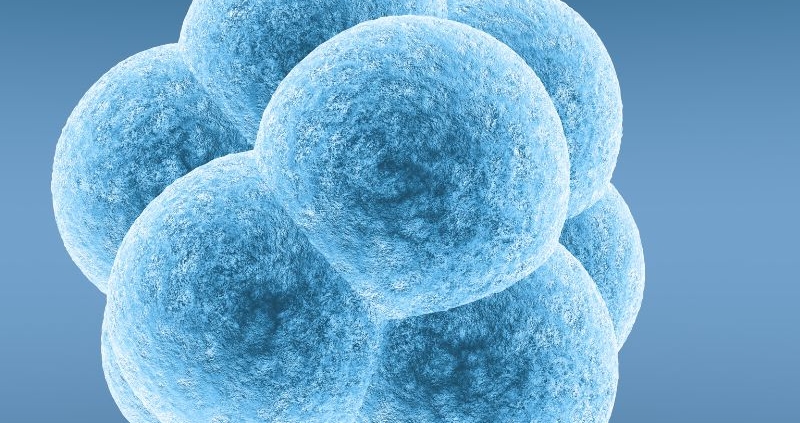Recurrent implantation failure explained
Repeated embryo implantation failures pose a challenge for women and couples who wish to start a family, as well as for fertility experts. It is estimated that between 70% and 75% of embryos created, either through natural conception or via IVF, fail at some stage in their development before implantation occurs.
There are many reasons why an embryo doesn’t attach or implant, and fertility expert Ms Srividya Seshadri explains how we investigate repeated implantation failure (RIF) at Aria.
Q: What is the definition of recurrent implantation failure?
There are numerous medical definitions in the literature of recurrent implantation failure or repeated failed IVF cycles, but generally, it is defined as two unsuccessful transfers of two good-quality embryos.
Q: What are the causes of recurrent implantation failure?
There are multiple causes of recurrent unsuccessful IVF cycles. I segregate them into two main parts. Is it the embryo, or is it the womb itself that’s resulting in an unsuccessful cycle?
Let’s look at the embryo. We all need to remember that the embryo is formed in the laboratory. I believe the success of any fertility clinic is largely dependent on the lab. Aria has a bespoke laboratory with cutting-edge technology and highly skilled embryologists that have the patient’s success at heart.
Then, there is the endometrium, or the lining of the womb. Multiple factors can result in a failed or unsuccessful IVF cycle, and one of them could be endometrial receptivity. Are we getting the timing right of the transfer, and is there any delay in the receptivity window that’s resulted in the unsuccessful cycle?
Or could it be selectivity that the lining doesn’t seem to recognise this beautifully normal, good-quality embryo? Could other anatomical factors, such as fibroids, endometriosis or hydro-salpinges, which means water in the tubes, interfere with success rates?
Q: How soon can we try again after a failed IVF cycle?
Regarding how long it takes to wait before you start again, I always advise couples that it is an individual choice. I’ve had patients who have struggled with the side effects of drugs from their previous cycle and who are emotionally drained. Do not let medicine dictate to you when you need to start.
In essence, though, once you’ve had a withdrawal bleed after an unsuccessful cycle, you can start the transfer process immediately. However, I always tell my patients that we need to find out why something has not worked out before we rush into another transfer because, quite often, this will result in another unfortunately unsuccessful cycle.
Q: What tests are required after an unsuccessful IVF cycle?
The tests that must be performed after an unsuccessful IVF cycle depend on the individual couple’s history. I could list pages and pages of tests that we could order, but are they all necessary?
The tests could include thrombophilia, which checks whether you have an inherent capacity to overclot rather than underclot, which may be easily treated with heparin injections before and during treatment.
Or should you check to see if the lining has an infection from a previous loss or any previous operations you have undergone?
Is immune testing necessary? Absent evidence does not mean the absence of evidence. We all believe immunology plays a role in kidney, heart, gut issues, and even early dementia. But, when it comes to reproduction, everybody gets very nervous. Please look on the UK’s fertility regulator website for more information or discuss this with one of the consultants at Aria.
A detailed history, evaluation, and discussion with your consultant to discuss all possible causes and necessary tests are essential stages of managing recurrent implantation failure. Contact us to arrange a consultation.

